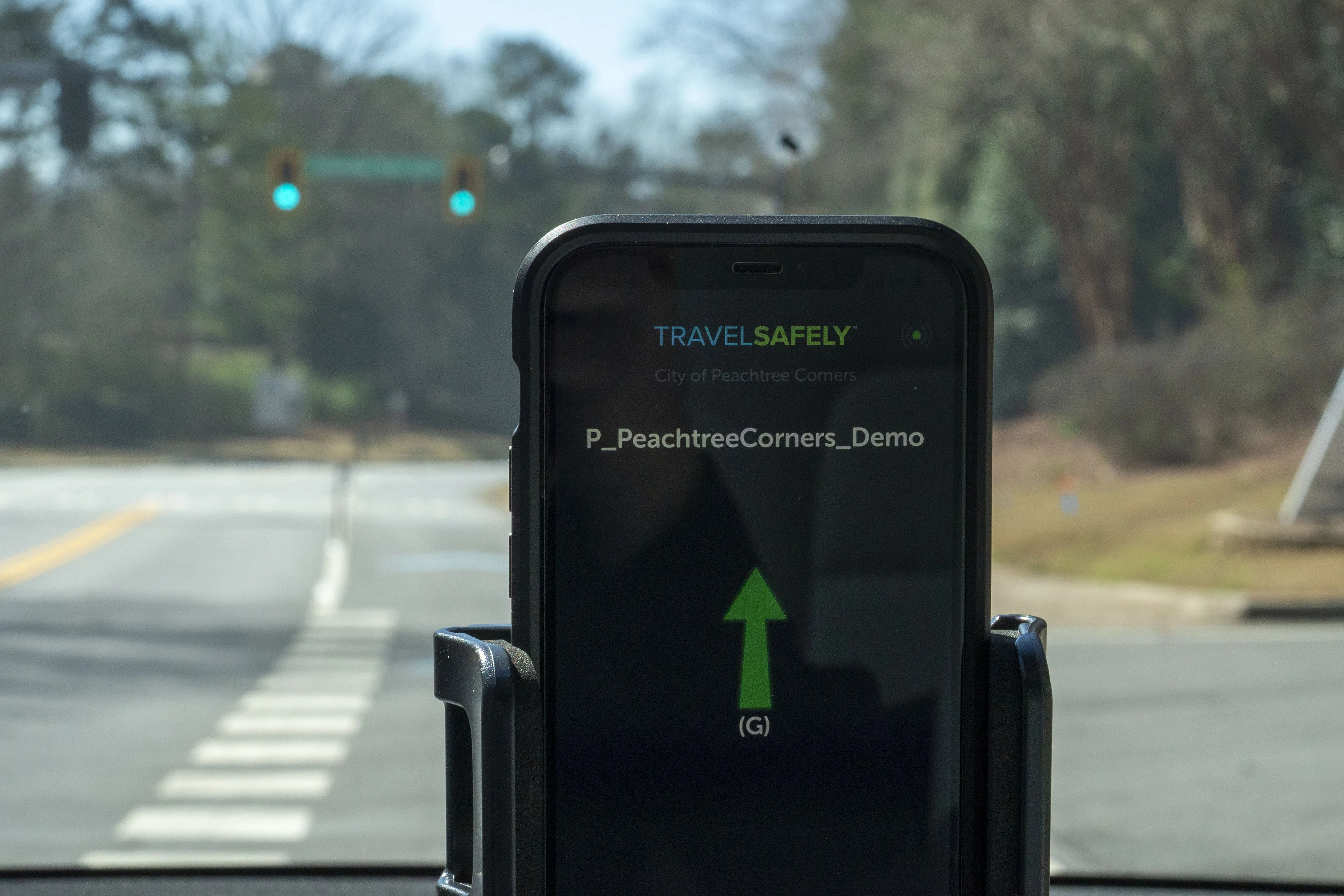French driverless shuttle developer Navya has signed a partnership agreement with the Royal Automobile Club (RAC) in Australia to coordinate the on-site commissioning of its Navya Arma, as well as provide a range of technical support services in Australia, New Zealand and South East Asia. RAC, with the support of the State Government, launched the Navya Arma Intellibus shuttle trial in South Perth in August 2016. This new partnership will enable Navya to test its innovative technology in new environments th
May 24, 2017
Read time: 1 min
French driverless shuttle developer 8379 Navya has signed a partnership agreement with the Royal Automobile Club (RAC) in Australia to coordinate the on-site commissioning of its Navya Arma, as well as provide a range of technical support services in Australia, New Zealand and South East Asia.
RAC, with the support of the State Government, launched the Navya Arma Intellibus shuttle trial in South Perth in August 2016. This new partnership will enable Navya to test its innovative technology in new environments throughout the region.
The RAC team, trained by Navya, is responsible for evaluating, confirming and mapping the route, along with customer training.










